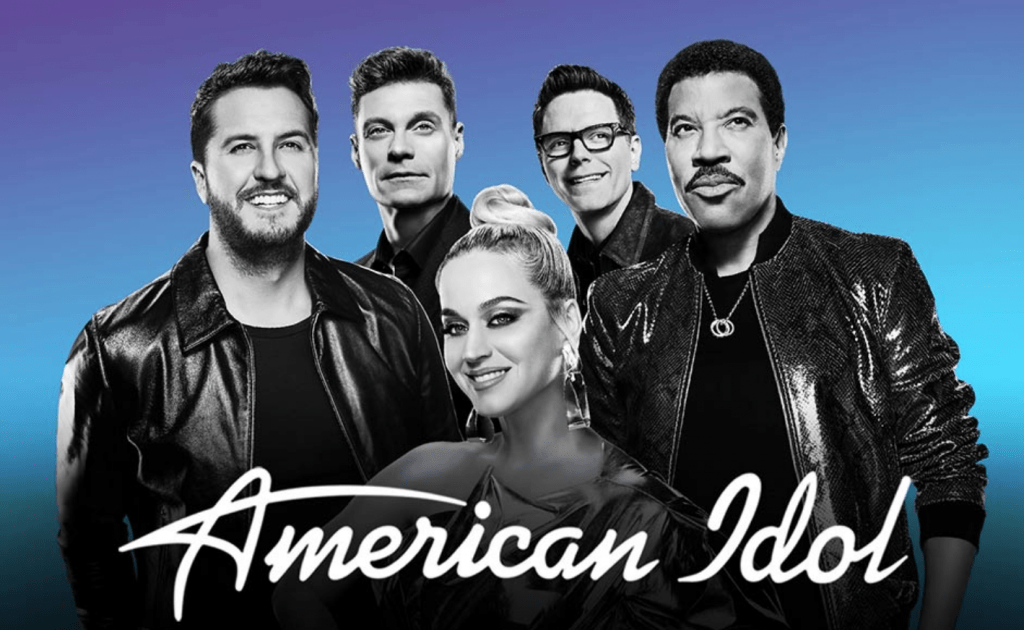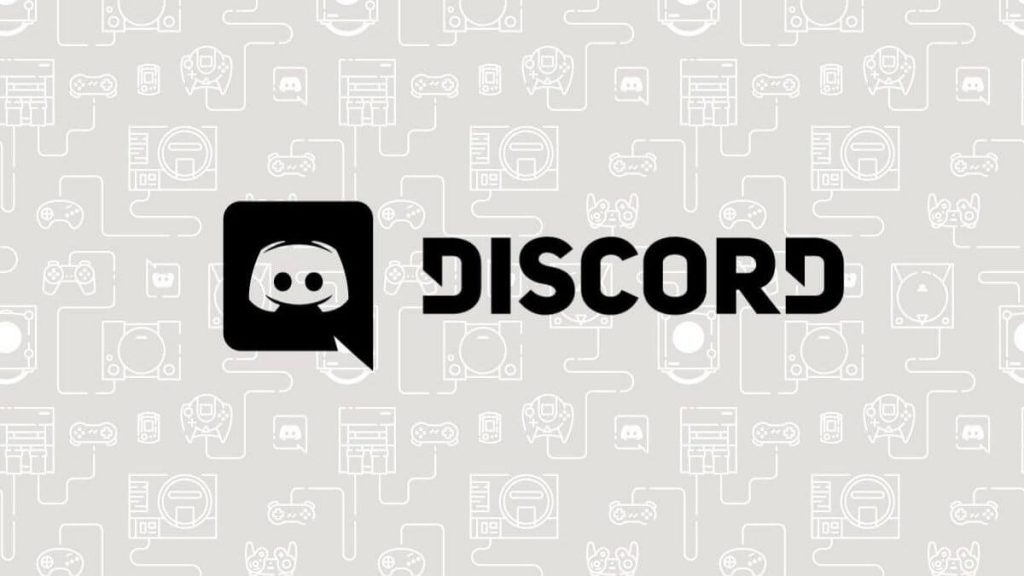On social media, there has been a growing demand for 18-year-old actor Kit Connor to come out for months. At the nexus of closet culture and identity policing, Connor, a star of Netflix’s teen romcom “Heartstopper,” expressed his anxiety about being forced out of the closet on Monday.
In the queer-forward coming-of-age drama, Kit Connor portrays British high school rugby player Nick Nelson alongside Joe Locke’s Charlie Spring, who falls in love with him. In the eight-episode television series based on Alice Oseman’s graphic novel of the same name, Nick begins to doubt his sexuality as his feelings for Charlie deepen.
Continue Reading
- The Original Story of Black Panther 2 Centered on the Events of Avengers: Endgame
- The Role Of Aubrey Plaza In Agatha: Coven Of Chaos
The show has already been extended for two more seasons because it earned such positive reviews when it first debuted this year. It is one of the first films aimed at teens and young adults to feature LGBTQ characters at the core, including Nick and Charlie, as well as other members of the primary cast.
Unlike more explicit programs like “Sex Education” and “Euphoria,” which are also sexually and gender diverse. This spring, Kit Connor began receiving requests to speak about his orientation. He jokingly tweeted that Twitter was “so funny, man” in response to the taunts.
Some users here are more familiar with my sexuality than I am. However, that pressure persisted, and Kit Connor was the target of what social media mobs dubbed “queerbaiting,” with accusations that the show was trying to draw viewers in with more general LGBTQ-inclusive themes without being purposefully secretive about who his character was and possibly that Connor was doing the same.
back for a minute. i’m bi. congrats for forcing an 18 year old to out himself. i think some of you missed the point of the show. bye
— Kit Connor (@kit_connor) October 31, 2022
There may be much more to Nelson’s character than meets the eye and to Connor’s true identity. Nevertheless, Kit Connor tweeted on Halloween to his 1 million followers that he was bisexual, apparently feeling cornered: “back for a minute. He wrote, “I’m bi. “Well done for making an 18-year-old come out. Some of you, in my opinion, missed the show’s main purpose. Bye.”
This narrative raises several questions, not the least of which is why a young adult was compelled to reveal very private—and maybe still-evolving—aspects of his own identity in front of a large audience. The moralistic social media mob pressured Connor, demanding instant responses devoid of context or nuance and being quick to criticize but difficult to forgive.
It is not how our civilization should be functioning. The Twitter mob can sometimes force actual problems into the open and hasten their resolution. Other times, it detonates everything without worrying about the remaining casualties.
Connor’s outing contrasts with the long history of Hollywood stars forced to stay in the closet or endanger their jobs. It is the most recent in a succession of celebrities recently obliged to out themselves, lest tabloid media exposes or “leaks” do it for them.
Actors have historically had to lead double lives and conceal their identities to be on the A list—even to stay safe and alive—from the openly trans actor Elliot Page to the openly gay Rock Hudson of the 20th century. After appearing on the TIME magazine cover in 1997 alongside the star of the corresponding ABC series, Ellen DeGeneres, it took her decades to recover her career.
“Accusing a public individual of queerbaiting is inherently problematic for several reasons. For one thing, it implies that the individual owes you an answer to your question about their sexuality. They do not.”https://t.co/ygRMGTfYXi
— Clue (@clue) November 2, 2022
Many LGBTQ characters in modern media have indeed changed from being killers, murder victims, sex workers, and one-dimensional characters who serve as a punchline to being real people, including those who play the primary roles instead of just being the sidekick.
To name a few, they include Zendaya as Rue Bennett from HBO’s “Euphoria,” Michaela Jay Rodriguez, Billy Porter, Dominique Jackson, and Indya Moore from FX’s “Pose,” Sara Ramirez as Callie Torres on “Grey’s Anatomy” (and, yes, as Che Diaz on “Sex and the City” spinoff “And Just Like That”), the casts of this year’s films “Fi Regarding representation in the media, we’ve made progress in a short period.
Is a cisgender person portraying a transgender character equivalent to a White actor wearing blackface or a BIPOC person in a role, or is there another yardstick? Does acting entail taking on a position distinct from the actor’s identity, or are there other guidelines we have yet to establish and uphold?

Eddie Redmayne, a cisgender actor, nominated for an Oscar for playing a transgender woman in “The Danish Girl,” later expressed regret about taking on the role and argued that a transgender lady should have played it.
However, other casting decisions seem more excusable, such as Cate Blanchett or Mara Rooney portraying lesbians in the magnificent 2015 movie “Carol.” It might be more acceptable to cast someone to describe a role they do not personally identify with if the director, producer, or writer is someone who does so in real life.
What constitutes accurate representation in gay art and media, and who gets to make it? Would it be noticed if a star-studded Chinese cast was changed in a television show or movie to align representation? What if the actors aren’t queer, but the show’s writers or directors are?
“No one is defined by their current relationship and people in relationships with people of different genders to their own are just as bi as those in similar gender relationships.” – Rob Davey, vice chair of @BiPrideUK.
Solidarity with @kit_connor💜https://t.co/0zLfvp8wDO
— Stonewall (@stonewalluk) November 2, 2022
The fact that openly queer actors are getting more prominent roles is progress. Still, the solution is not to exploit accusations of queerbaiting and appropriation as a pretext to push teenagers or any performer out of the closet. People who should be able to choose when and how to come out are wounded because those debates are reaching a fever pitch.
Humans have long needed to categorize objects to make sense of them. Younger people are upending that conservative framework with more flexible gender identities and sexual expressions.
Some folks find that unsettling (read: the current culture wars targeting trans kids, LGBTQ rights, literature and school policies, among other things). But many of those disruptors are also pressuring individuals like Connor to quickly put their ideas in a box and share them with the rest of the world.
a sharp read from @kci_w about the weaponization of the term queerbaiting with real people and how kit connor deserved better https://t.co/JdkYnm8GQh
— p. claire dodson (@Claire_ifying) November 1, 2022
Being out is not a one-time event or a fixed process, and why should it be? Since identities are flexible, many young people still search for who they are. We shouldn’t embarrass someone in front of others into sharing information about themselves that they might not be ready for or want to.
Coming out includes an entirely different assessment of risk and consequences now that LGBTQ rights are in increased danger domestically and internationally. Only one person should make that choice, and it’s not a troll on Twitter.




